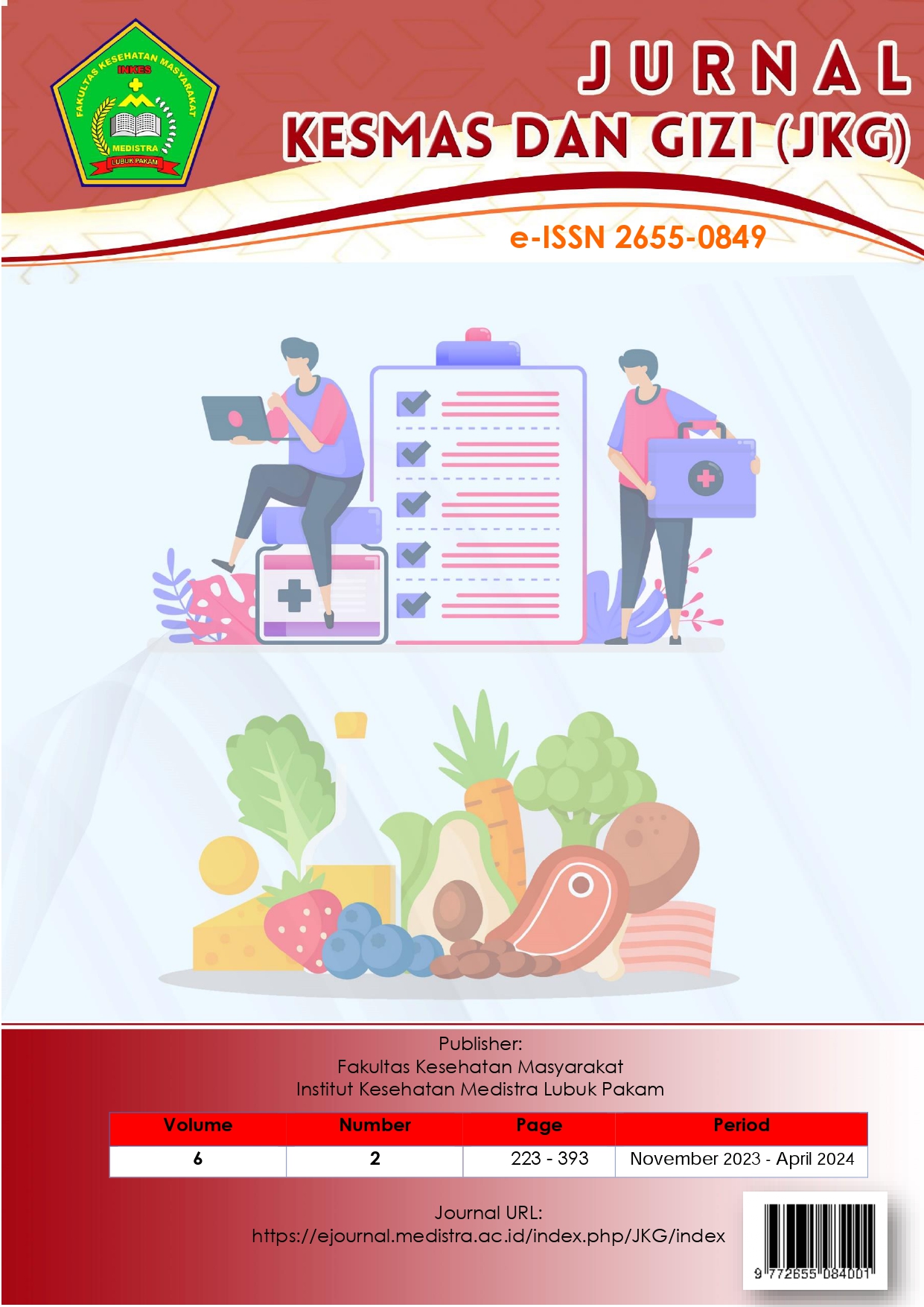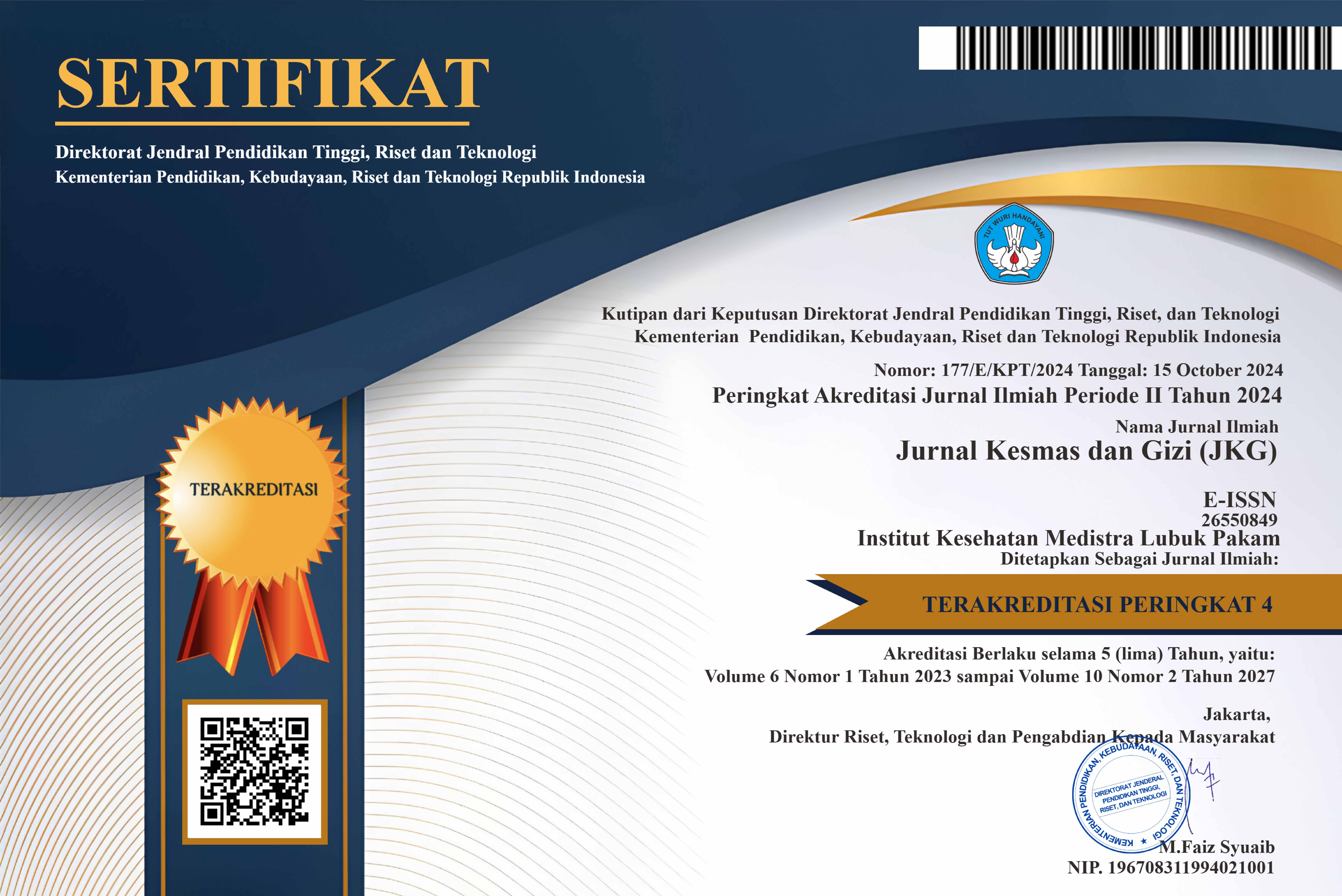The Analysis of Differences in Patient Satisfaction Levels with Interprofessional-Based Emergency Services in Primary Care
Analysis of Differences in Patient Satisfaction Levels with Interprofessional-Based Emergency Services in Primary Care
DOI:
https://doi.org/10.35451/jkg.v6i2.2510Keywords:
Emergency Services, Interprofessional, Patient Satisfaction, Primary CareAbstract
Interprofessional-based emergency services in primary care have emerged as an innovative approach to improving healthcare quality. This study aims to analyze the differences in patient satisfaction levels between interprofessional-based emergency services and conventional models. A quantitative research approach with a descriptive analytical design was employed. Data were collected through questionnaires completed by 150 respondents from several primary Lubuk Pakam Community Health Center. The findings indicate that medical service quality, waiting time, interprofessional communication, empathy, and facility infrastructure play significant roles in determining patient satisfaction. Bivariate analysis revealed a significant relationship between medical service quality and waiting time with patient satisfaction levels (p < 0.05). The implementation of an interprofessional approach has been proven to enhance service coordination and overall patient satisfaction. Therefore, this model is recommended for broader application in primary care settings to improve healthcare service effectiveness.
Downloads
References
World Health Organization. Strengthening emergency and essential surgical care and anaesthesia as a component of universal health coverage. WHO; 2022. Available from : https://www.who.int/publications/i/item/strengthening-emergency-care
Gerdtz MF, Bucknall TK. Triage nurses’ clinical decision making: An observational study of urgency assessment. J Adv Nurs. 2021; 77 (3) : 1357 – 1366. Available from: https://onlinelibrary.wiley.com/doi/full/10.1111/jan.14256
Reeves S, Lewin S, Espin S, Zwarenstein M. Interprofessional teamwork for health and social care. Wiley-Blackwell; 2019. Available from : https://www.wiley.com/enus/Interprofessional+Teamwork+for+Health+and+Social+Care-p9781405181914
Institute of Medicine (US). Crossing the Quality Chasm: A New Health System for the 21st Century. Washington, DC : National Academies Press; 2020. Available from : https://nap.Nationalacademies.org/catalog/10027/crossing-the-quality-chasm
Kementerian Kesehatan Republik Indonesia. Pedoman Pelayanan Gawat Darurat di Puskesmas. Jakarta: Kemenkes RI; 2023. Available from: https://www.kemkes.go.id
Havyer RD, Nelson DR, Wingo MT, Comfere NI, Halvorsen AJ, McDonald FS, et al. Addressing the interprofessional collaboration gap through team-based learning. J Interprof Care. 2020;34(4):495–503. Available from: https://www.tandfonline.com/doi/full/10.1080/13561820.2019.1705896
McClelland M, Lazar D, Wright J, Melby V. A mixed-methods study of interprofessional education in emergency care: Teaching teamwork skills. Emerg Med J. 2019;36(1):32–38. Available from: https://emj.bmj.com/content/36/1/32
Frenk J, Chen L, Bhutta ZA, Cohen J, Crisp N, Evans T, et al. Health professionals for a new century: Transforming education to strengthen health systems in an interdependent world. Lancet. 2018;376(9756):1923–1958. Available from: https://www.thelancet.com/journals/lancet/article/PIIS0140-6736(10)61854-5/fulltext
Donabedian A. Evaluating the quality of medical care. Milbank Q. 2020;94(4):690–725. Available from: https://www.milbank.org/quarterly/articles/evaluating-the-quality-of-medical-care/
Press Ganey Associates. Emergency Department Patient Experience Report. Press Ganey; 2021. Available from: https://www.pressganey.com/resources/reports/emergency-department-patient-experience
Manias E, Hughes C, Matthews A, Allen J, Veitch C, Coll J. Interprofessional communication in emergency departments: Barriers and facilitators. J Clin Nurs. 2021;30(7-8):1032–1044. Available from: https://onlinelibrary.wiley.com/doi/full/10.1111/jocn.15684
Pype P, Mertens F, Helewaut F, Krystallidou D. Healthcare teams and patient-centered care: The role of interprofessional communication and collaboration. Patient Educ Couns. 2022;105(1):3–9. Available from: https://www.sciencedirect.com/science/article/abs/pii/S0738399121003695
O’Daniel M, Rosenstein AH. Professional communication and team collaboration. Patient Safety and Quality: An Evidence-Based Handbook for Nurses. Rockville, MD: Agency for Healthcare Research and Quality; 2018. Available from: https://www.ncbi.nlm.nih.gov/books/NBK2637/
Carney PA, Eiff MP, Saultz JW, Douglass AB, Tillotson CJ. The importance of interprofessional collaboration in emergency medicine. Acad Med. 2019;94(5):734–742. Available from: https://journals.lww.com/academicmedicine/fulltext/2019/05000/interprofessional_collaboration_in_emergency.18.aspx
Clarke DJ, Forster A. Improving interdisciplinary teamwork in stroke rehabilitation. Disabil Rehabil. 2019;41(9):1064–1073. Available from: https://www.tandfonline.com/doi/full/10.1080/09638288.2017.1390714
West MA, Lyubovnikova J, Eckert R, Denis JL. Collective leadership for cultures of high-quality health care. J Organ Behav. 2021;42(1):5–19. Available from: https://onlinelibrary.wiley.com/doi /full/10.1002/job.2510
Downloads
Published
Issue
Section
License
Copyright (c) 2024 Ahmad Hafizullah

This work is licensed under a Creative Commons Attribution 4.0 International License.
Copyright in each article is the property of the Author.


























